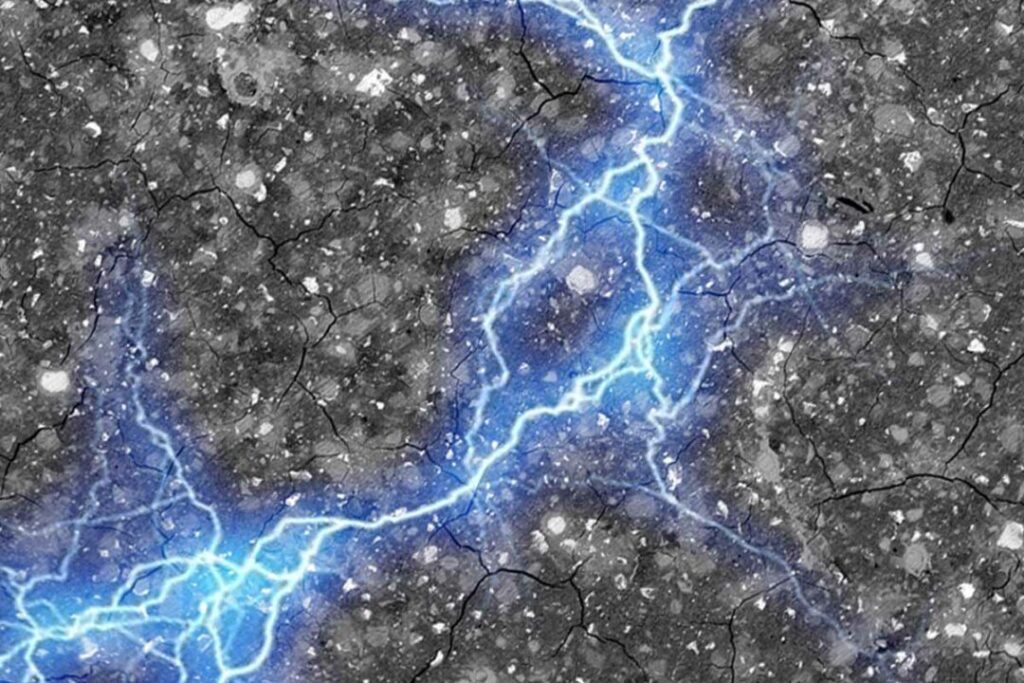If I told you that the streets you walk on every day, the houses you live in, could become the biggest electric batteries you have ever seen, would you believe me? No, huh? I wouldn't believe it either. And yet, that's exactly what the researchers who are turning ordinary concrete into a supercapacitor capable of storing renewable energy are aiming for. As? Thanks to a surprisingly simple ingredient: carbon black.
What is carbon black?
Carbon black, also known as carbon black, is a form of particulate carbon that is obtained from the incomplete combustion of hydrocarbons. It is a widely used material in various industrial sectors, including the production of tyres, inks and paints, thanks to its resistance and conductivity properties.
The future of supercapacitor concrete
Clean energy is the key that can open the door to a sustainable future. But how can we store it efficiently? For the team of MIT and Wyss Institute, it seems, the answer will be under our feet.
By mixing cement and carbon black with water, the researchers created a concrete composed of branching thread-like structures with an electronically conductive carbon fractal network. My head is spinning, I wrote it all in one go. This concrete was then impregnated with a conductive salt solution, which allows charged particles from the electrolyte to settle on the carbon wire structures. The result? A concrete supercapacitor.

A block of concrete, a giant battery
During the experiments, the researchers connected three cement-carbon supercapacitors, resulting in the equivalent of a 3V battery. But they didn't stop there. Their next goal is to design 12V supercapacitors, wired to achieve greater charging power. According to their estimates, a 3,5 m concrete block could store 10 kWh of electricity.
This means our homes and streets could become huge stores of renewable energy. The potential of this concrete supercapacitor is immense. It could turn building foundations into giant electric batteries, storing excess renewable energy efficiently and easily accessible.
Not only. Researchers are also exploring the possibility of building concrete roads that can provide contactless charging for electric vehicles on the go. Imagine a future where roads not only take us from point A to point B, but also charge our cars as we drive.
The future is (almost) here
Despite the enthusiasm following the study published in PNAS (you can find it here) there is still work to do. And not a little, in my opinion: researchers need to find the best way to keep the concrete moist from the electrolyte solution during use.
If they succeed, it will be a truly thrilling development. Okay, I said it. Forgive me, I couldn't resist: somehow I had to close.


